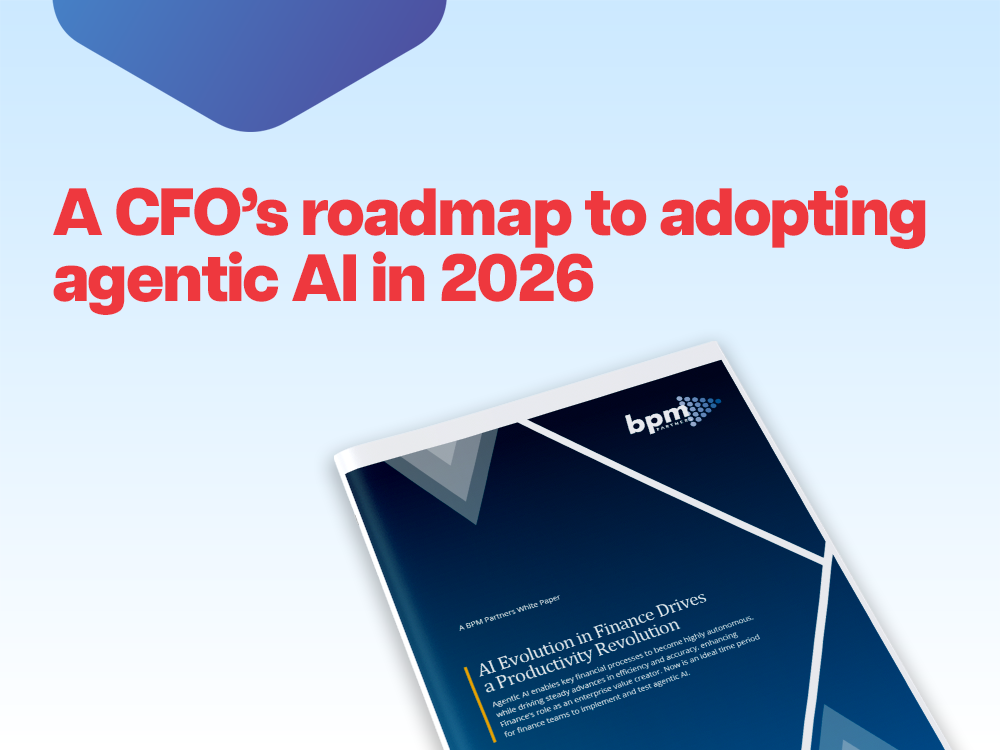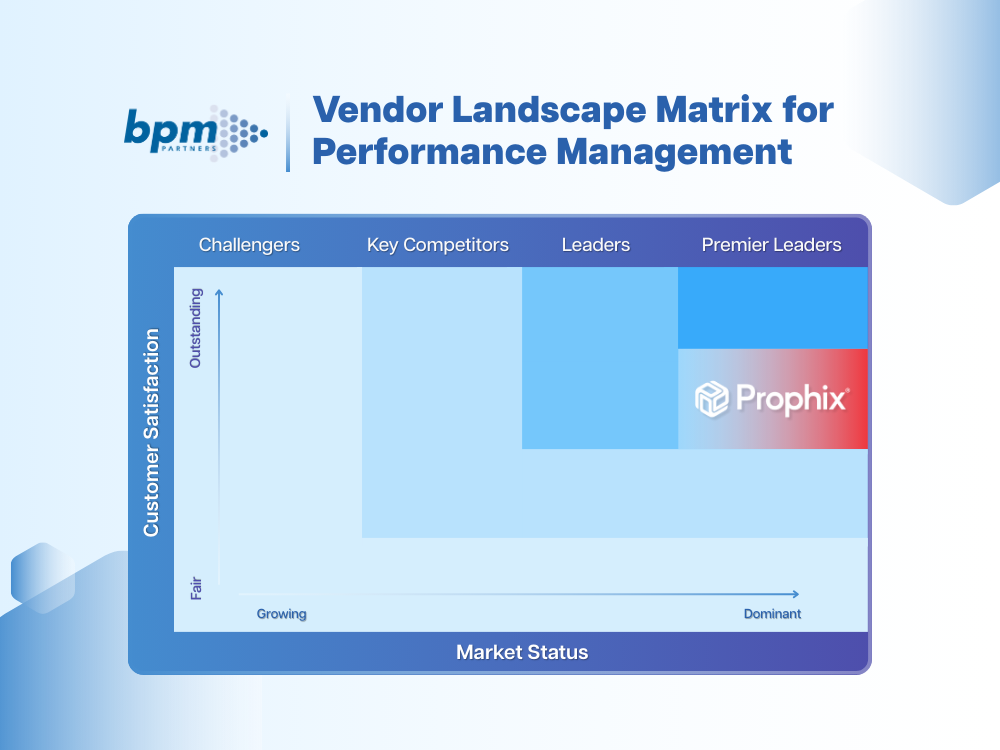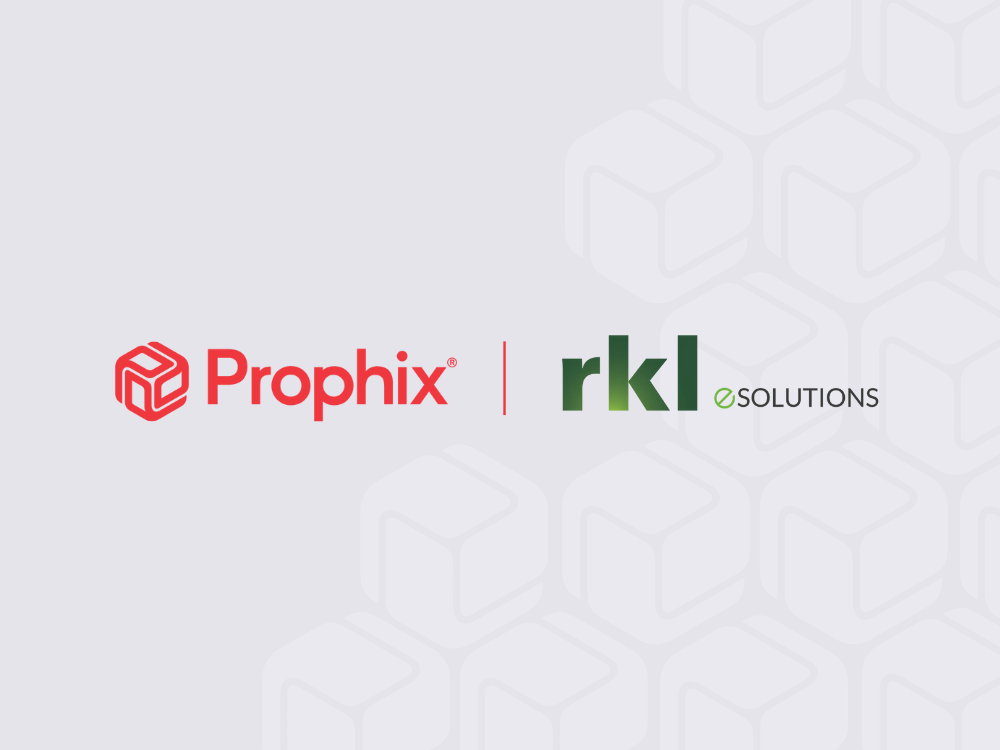Download the BPM Partners Whitepaper
Forecasting When Faced with Uncertainty
We are living in unprecedented and uncertain times. Finance professionals like yourself are facing increasing pressure to manage the financial implications of the COVID-19 disruption and position you
April 21, 2020 Next, we polled our viewers and asked – How does your organization use business analytics or performance management solutions?
In response, 16.5% of attendees said they use it for data aggregation and reporting to gain insights into the past and answer the question, “What has happened?”; 32.3% use it for forecasting and planning to understand the future and answer questions about “What could happen?”; 16.1% use it for modeling, combining financial and non-financial data across to answer the question, “Why did this happen?”; and 35% of people said they don’t have a formal solution today and are still living in Excel.
Watch our short 20-minute webinar on how forecasting can help your business better prepare for and react to market volatility.
For many attendees, their finance team still lives in Excel, which significantly limits their ability to forecast with granularity. It was great to see that 32.3% of organizations are using a performance management solution for forecasting. This is a clear indicator that these companies are well-positioned to address the increasing demands of FP&A.
Machine Learning forecasting is well-positioned to help the 83.9% of companies who are not already combining financial and non-financial data to ask, “Why did this happen?” Machine Learning should help these organizations identify key business drivers and develop confidence in their resulting forecasts.
Finally, we were curious to know – What is your forecasting horizon?
We found out that 23.1% of attendees forecast to the end of the quarter, 51.5% to the end of the fiscal year, 15.9% a rolling 18-month period, and 9.5% a rolling 24-month period.
Ideally, more companies would be doing 18- and 24-month rolling forecasts. The 25.4% of companies with this forecast horizon speaks to an increased urgency to forecast longer periods with more specificity, particularly in light of today’s current social, economic, and political climate as a result of the pandemic.
Overall, many organizations have a way to go before they can quickly and easily reforecast. For many, the increasing popularity of Machine Learning forecasting will allow their companies to better address the question, “why did this happen?”
Join our live discussion with Q&A to learn what CFOs around the globe can do to respond to changing conditions and ensure business continuity while improving planning and minimizing risk.
Interested in learning more about forecasting in uncertain times? Watch the webinar.
Next, we polled our viewers and asked – How does your organization use business analytics or performance management solutions?
In response, 16.5% of attendees said they use it for data aggregation and reporting to gain insights into the past and answer the question, “What has happened?”; 32.3% use it for forecasting and planning to understand the future and answer questions about “What could happen?”; 16.1% use it for modeling, combining financial and non-financial data across to answer the question, “Why did this happen?”; and 35% of people said they don’t have a formal solution today and are still living in Excel.
Watch our short 20-minute webinar on how forecasting can help your business better prepare for and react to market volatility.
For many attendees, their finance team still lives in Excel, which significantly limits their ability to forecast with granularity. It was great to see that 32.3% of organizations are using a performance management solution for forecasting. This is a clear indicator that these companies are well-positioned to address the increasing demands of FP&A.
Machine Learning forecasting is well-positioned to help the 83.9% of companies who are not already combining financial and non-financial data to ask, “Why did this happen?” Machine Learning should help these organizations identify key business drivers and develop confidence in their resulting forecasts.
Finally, we were curious to know – What is your forecasting horizon?
We found out that 23.1% of attendees forecast to the end of the quarter, 51.5% to the end of the fiscal year, 15.9% a rolling 18-month period, and 9.5% a rolling 24-month period.
Ideally, more companies would be doing 18- and 24-month rolling forecasts. The 25.4% of companies with this forecast horizon speaks to an increased urgency to forecast longer periods with more specificity, particularly in light of today’s current social, economic, and political climate as a result of the pandemic.
Overall, many organizations have a way to go before they can quickly and easily reforecast. For many, the increasing popularity of Machine Learning forecasting will allow their companies to better address the question, “why did this happen?”
Join our live discussion with Q&A to learn what CFOs around the globe can do to respond to changing conditions and ensure business continuity while improving planning and minimizing risk.
Interested in learning more about forecasting in uncertain times? Watch the webinar.
Insights for next-gen finance leaders
Stay ahead with actionable finance strategies, tips, news, and trends.






